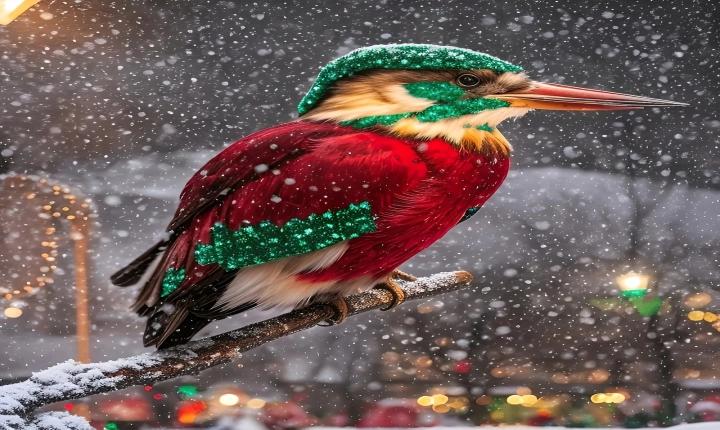Artificial intelligence has become increasingly sophisticated in recent years, delving into various creative endeavors such as painting and generating artwork. With the advancement of AI technology, the idea of machines creating art may seem otherworldly to some, but the reality is that AI-generated paintings are becoming more common and are raising fascinating questions about the nature of creativity and the role of the artist.
One of the most intriguing aspects of AI painting is the ability of machines to analyze and interpret vast amounts of data, allowing them to mimic different artistic styles and techniques. This has led to the creation of AI-generated paintings that are eerily reminiscent of works by renowned artists such as Van Gogh, Picasso, and Da Vinci. Through a process known as neural style transfer, AI algorithms can replicate the visual characteristics of a particular painting and apply them to a new image, yielding impressive results that blur the lines between human and machine creativity.
Moreover, AI painting technology has also enabled artists and designers to explore new forms of expression and expand their creative horizons. By using AI as a tool for invention and innovation, artists can experiment with unconventional techniques, push the boundaries of traditional art forms, and unlock new possibilities for self-expression. Through collaborative efforts between humans and AI, artists are discovering novel ways to merge digital and physical art, resulting in interactive installations, generative design, and immersive experiences that transcend the limitations of traditional canvases.
However, the rise of AI painting has sparked a lively debate about the nature of creativity and the role of the artist in the creative process. Some argue that AI-generated artwork lacks the emotional depth and personal experiences that underlie human art, emphasizing the importance of authenticity and individual expression in the artistic endeavor. On the other hand, proponents of AI art believe that machines can offer unique perspectives and expand the scope of artistic exploration, challenging our preconceptions of what constitutes creativity and originality.
As AI continues to make strides in the realm of painting and visual art, it is clear that the boundaries between human and machine creativity are becoming increasingly blurred. The emergence of AI-generated artwork raises thought-provoking questions about the nature of artistic inspiration, the definition of originality, and the evolving relationship between technology and creativity. Ultimately, the integration of AI into the realm of painting presents us with a thrilling opportunity to redefine the role of the artist and explore the multifaceted nature of creative expression in the digital age.
